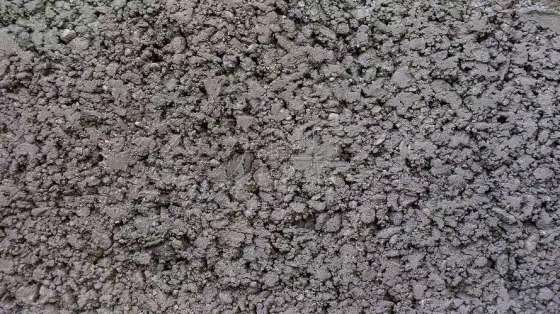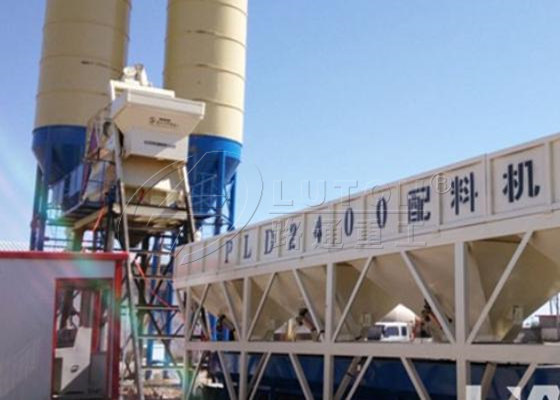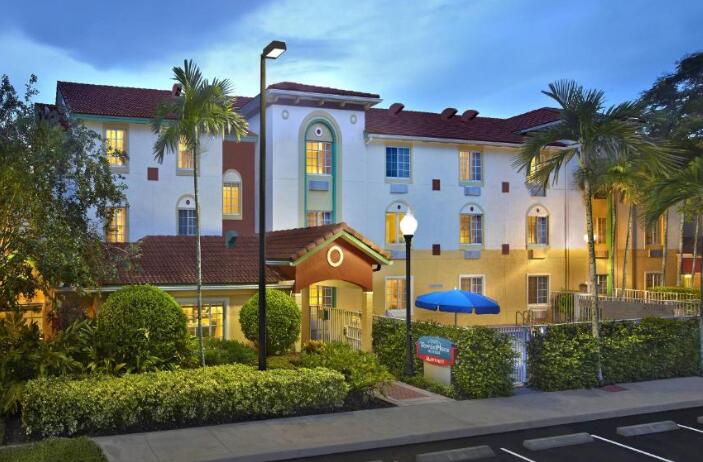Dry concrete mixing plant is an indispensable and important equipment in modern construction engineering. It can produce different types and specifications of concrete products according to engineering needs, providing strong support for the development of the construction industry. This article will provide a detailed introduction to the types and transportation methods of finished products in dry concrete mixing plants.

1、 Types of dry concrete
Dry concrete, also known as pre mixed concrete or precast concrete, refers to the pre mixed concrete in a concrete mixing plant, which is then transported to the construction site for use. It has a variety of types, and its specific classification is mainly based on its constituent materials, performance characteristics, and uses. The following are some common types of dry concrete:
Ordinary dry concrete: The most common type of concrete used in general construction and civil engineering. Its strength level can be adjusted according to design requirements.
High performance dry concrete: With excellent mechanical properties and durability, it is suitable for projects that require high concrete performance, such as high-rise buildings, large-span bridges, etc.
Special dry concrete: These concrete have special properties or uses, such as impermeable concrete, frost resistant concrete, wear-resistant concrete, self compacting concrete, etc. They are designed for specific engineering environments or to meet specific engineering requirements.
Lightweight dry concrete: Concrete made by adding lightweight aggregates (such as pumice, expanded perlite, etc.), with the characteristics of low density, light weight, and good thermal insulation performance, suitable for energy-saving buildings and special engineering.
Fiber reinforced dry concrete: Adding fiber materials (such as steel fibers, synthetic fibers, etc.) to concrete to improve its tensile strength, crack resistance, and durability.
Self leveling dry concrete: It has good fluidity and can automatically level without external force, suitable for construction that requires flatness such as floors and floors.
Decorative dry concrete: It has a special color, texture, or luster and is used for the decoration and beautification of buildings.
In addition, there are some special purpose dry concrete, such as road concrete, hydraulic concrete, marine concrete, etc., which are designed and produced according to specific usage environments and engineering needs.
Please note that there may be differences in the classification and naming of dry concrete in different countries and regions. Therefore, in practical applications, specific types and uses should be determined based on local regulations and standards.
There are significant differences between dry concrete and wet concrete in multiple aspects.
Firstly, from the perspective of material properties, dry concrete is concrete that has undergone drying treatment, while wet concrete is concrete that has been mixed to a certain extent at the preparation site, with a higher moisture content. Due to the presence of moisture, wet concrete has better plasticity and plasticity, making it easier to carry out various forms and construction. Dry concrete, on the other hand, has poor plasticity and plasticity due to its low moisture content, making it unable to construct complex shapes.
Secondly, from the perspective of construction efficiency and quality stability, dry concrete has significant advantages. Dry concrete relies on technological means in the production process to strictly control the proportion and content of raw materials, thereby ensuring a more stable quality of concrete. Meanwhile, dry concrete eliminates the need for on-site mixing, greatly improving construction efficiency. Although wet concrete is also widely used in various construction projects, its quality stability may be affected by on-site mixing conditions.
In addition, from the perspective of environmental protection and energy conservation, dry concrete also has obvious advantages. The production process of dry concrete reduces the consumption of a large amount of water resources, and due to its low energy consumption during mixing and curing, it also meets the current demand for environmental protection and energy conservation. Wet concrete may require more water resources during production and use, and its environmental performance may be slightly inferior to dry concrete.
Finally, from the perspective of application scenarios, dry concrete and wet concrete each have their respective applicable fields. Dry concrete is suitable for various types of construction projects, especially in the field of large-scale industrial construction, which is widely used. Wet concrete is more suitable for laying concrete slabs or other shaped molds, making it easier to fill and compact.
In summary, there are significant differences between dry concrete and wet concrete in terms of material properties, construction efficiency, quality stability, environmental protection and energy conservation, and application scenarios. When choosing which type of concrete to use, it is necessary to comprehensively consider factors such as specific engineering requirements, construction conditions, and environmental protection requirements.
Land on ltconcreteplant.com for more information about wet or dry concrete mixing technology.
2、 Dry concrete mixing plant finished product transportation method
Tank truck transportation: Tank trucks are the main means of transporting finished products in dry concrete mixing plants. The mixing plant loads the produced concrete into a tanker truck, and through the mixing function of the tanker truck, maintains the uniformity and stability of the concrete during transportation. Tank truck transportation has the characteristics of fast speed, high efficiency, and wide applicability.
Dump truck transportation: Dump trucks are suitable for transporting large amounts of concrete. It can unload concrete to a designated location through its own lifting device. Dump truck transportation has the advantages of large load capacity and convenient unloading, making it suitable for large-scale projects or situations that require a large amount of concrete.
Belt conveyor transportation: Belt conveyors are suitable for transporting concrete inside or near mixing stations. It transports concrete to designated locations through continuous belts, with the characteristics of large conveying capacity, good continuity, and small footprint.
Other transportation methods: Depending on specific engineering requirements and site conditions, other transportation methods can also be chosen, such as manual handling, small electric tricycles, etc. These transportation methods are suitable for situations with small engineering quantities or limited on-site conditions.
In summary, there are various types of finished products and transportation methods for dry concrete mixing plants. In practical engineering, appropriate types of finished products and transportation methods should be selected based on factors such as project requirements, site conditions, and transportation costs to ensure the quality of concrete and the smooth progress of the project.



